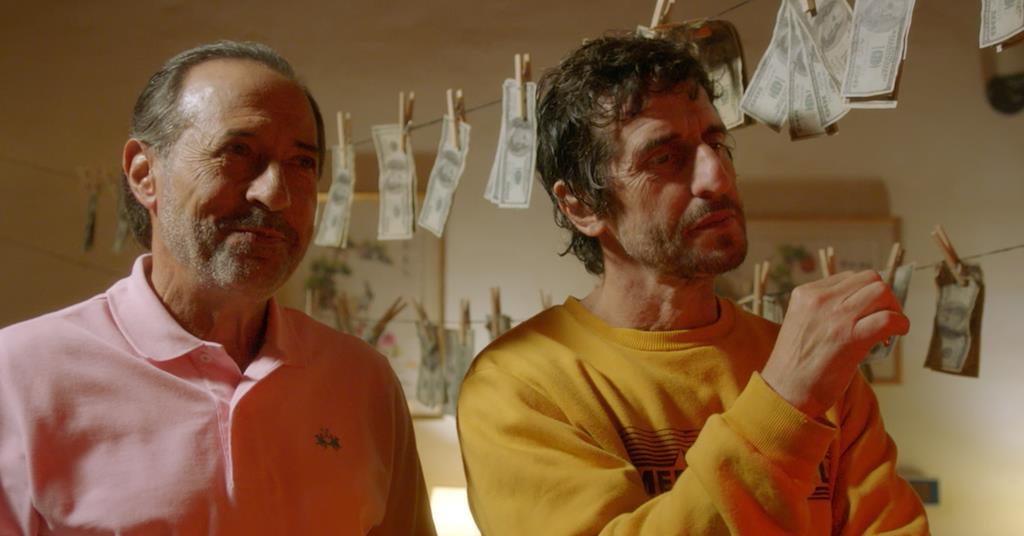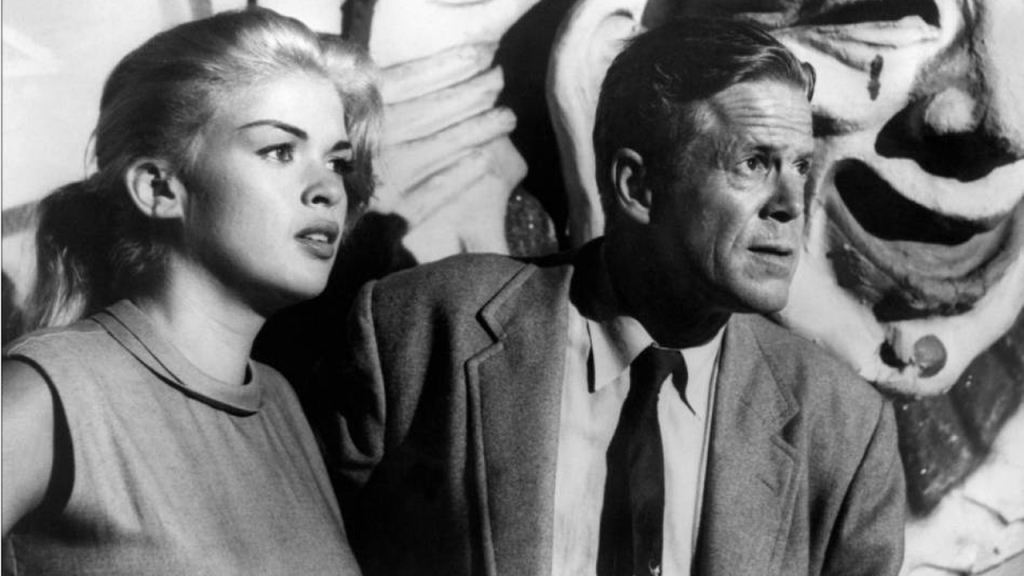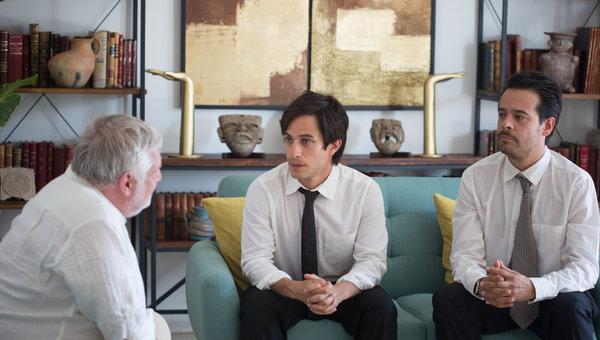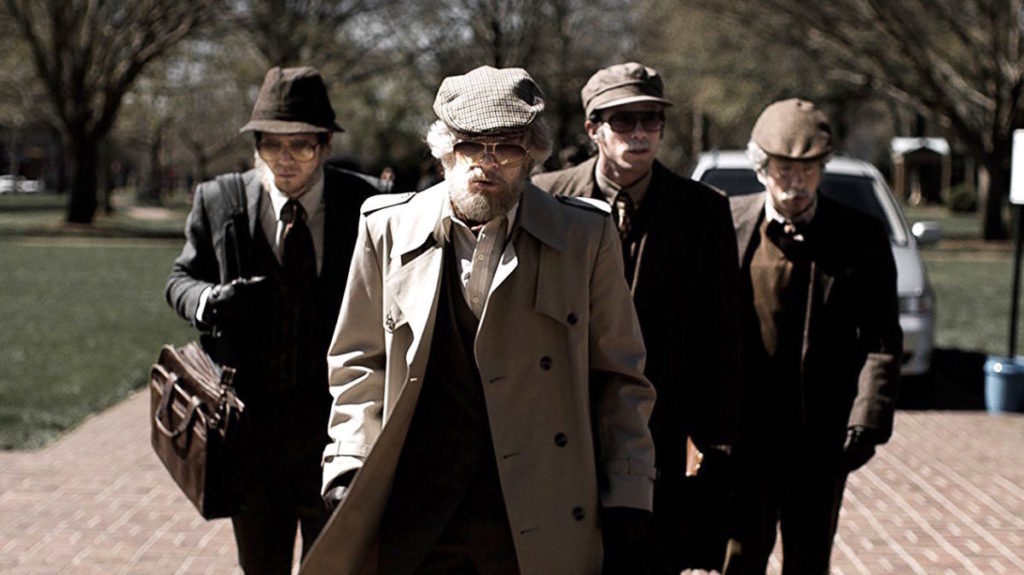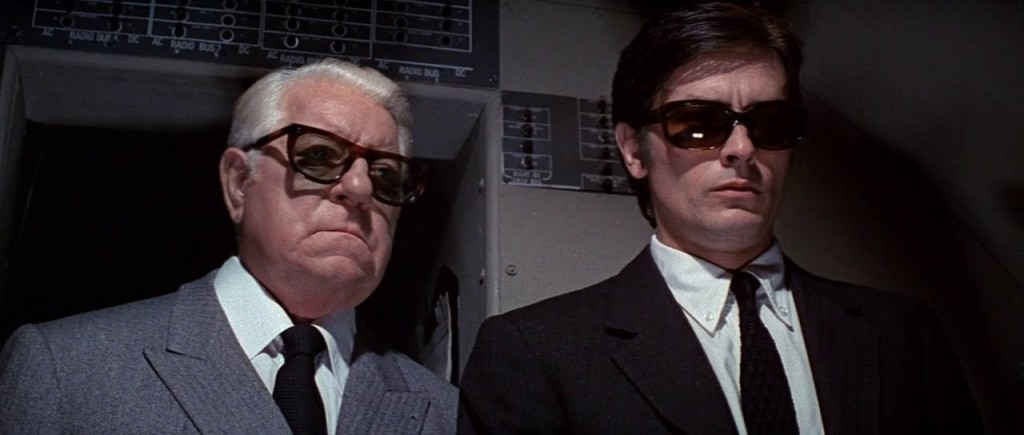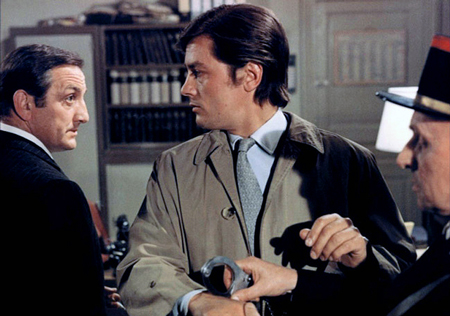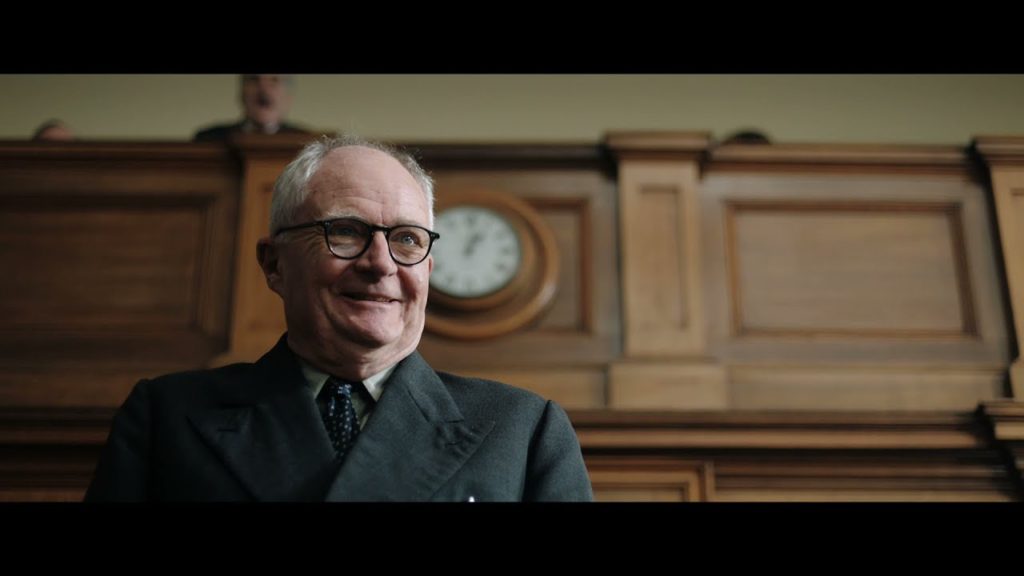
The Duke is a showcase for character actor Jim Broadbent, who plays, fittingly, an overlooked man who finally gets the audience that he has yearned for. This true life story is an audience-pleaser.
Broadbent plays Kempton Bunton,the a working class guy in grimy 1961 Newcastle. Bunton is one of those people who needs to litigate every grievance, particularly slight, ordinary ones that the rest of us choose to bypass on the way to living our lives. The current outrage that has derailed Bunton’s life is the tiny fee charged to every Briton with a television; Bunton believes that the poorest widows and disabled vets should be excused from paying. He has elevated this to such a matter of principle that he has actually gone to prison for it. Yet no one takes notice of his campaign. His longsuffering wife (Helen Mirren) would prefer that he shut up and get a job.
Kempton Bunton is also a witty autodidact, with more mastery of literature and history than most college grads. And what he lacks in common sense, he makes up with a genius for the instantaneous barbed bon mot.
Bunton is incensed when the British government spends 140,000 pounds on a Goya portrait of the Duke of Wellington. Bunton objects to the government’s priorities (and is needled by Wellington’s post-military career as a reactionary politician).
It turns out that the painting is housed in a museum with some very significant security lapses, and soon it is hidden in Bunton’s Newcastle flat, with Bunton sending demands to the government, seeking to ransom the Duke’s portrait for relief in the television fee. A nationwide manhunt ensues.
Again, Kempton Bunton was a real person and these events really happened. Jim Broadbent is very fun to watch as they transpire.
Despite his eccentric passions, Bunton has never gotten the attention of any authority higher than the lowest government functionary or any audience bigger than passersby on his street corner. Events take a turn, and Bunton suddenly has a national stage. When Bunton gets to match wits with the poshest of his antagonists, Broadbent’s performance soars.
Movie goers have appreciated Broadbent’s gifts since he played Col the sympathetic bartender in The Crying Game. Since then, he’s been seen widely in the Harry Potter franchise and plenty of big movies. But I like him best in the most observational and character-driven films: Widow’s Peak, Little Voice, Smilla’s Sense of Snow, Iris, Another Year, The Sense of an Ending:
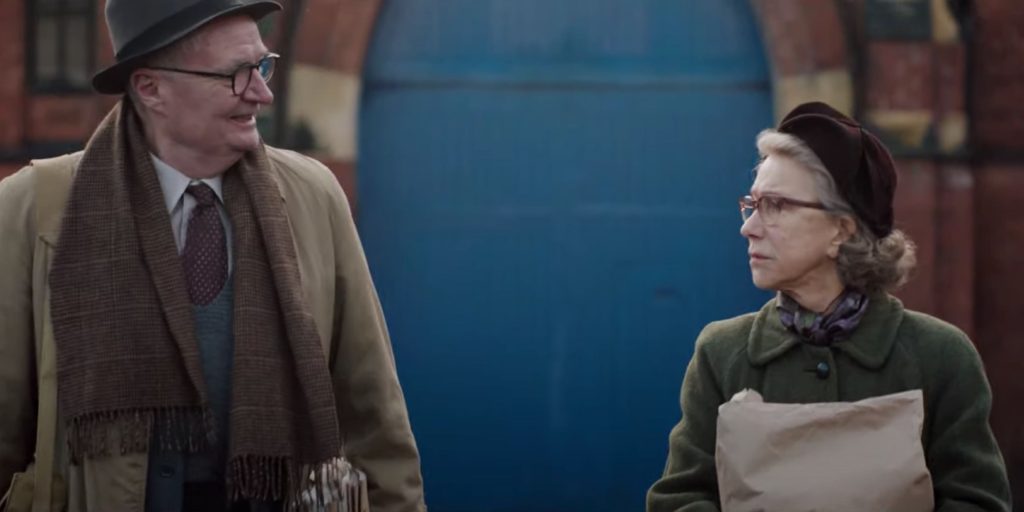
Mirren, of course, is brilliant and hilarious in a part that is severely glammed-down from her usual roles.
Matthew Goode sparkles with playful charm as Bunton’s realistic defense lawyer. I first noticed Goode as the scary thug in The Lookout (2007), but he is best known for playing Lady Mary’s sleek beau Henry Talbot in Downton Abbey.
Make sure you watch until the very end to see a cameo by James Bond and Dr. No.
The Duke is an amiable entertainment that finishes very strong. The Duke is in theaters.

